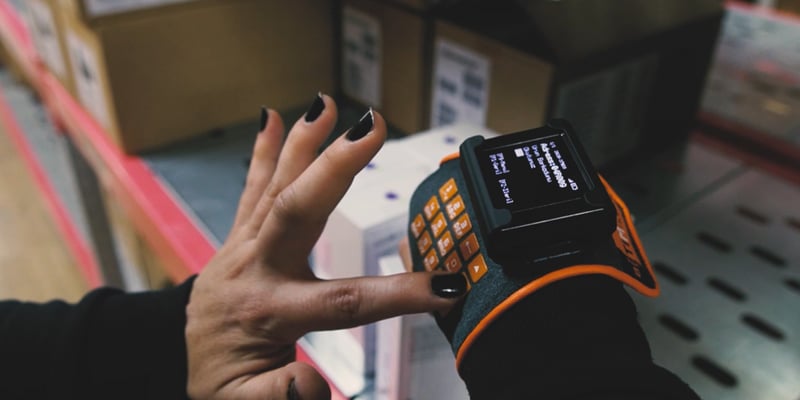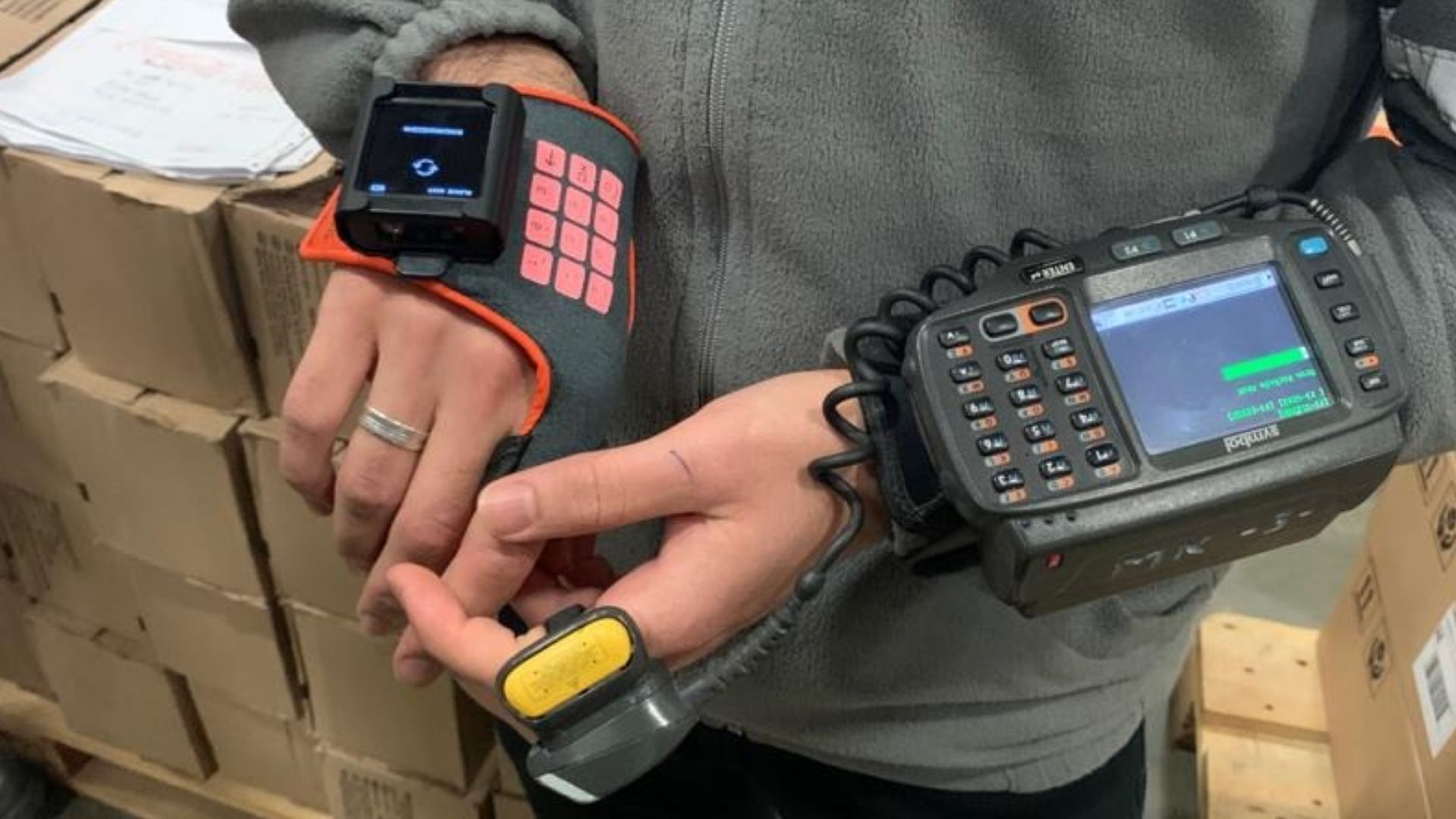5 Benefits of Manufacturing Automation | Why You Should Automate
As technological advancements allow machines and humans to communicate more effectively, more companies will become automated. Here are five reasons...
The Internet of Things (IoT) is being hailed as the next multi-trillion-dollar market and a panacea for a slew of business issues. According to the McKinsey Global Institute, the potential economic effects of IoT would range from $4 trillion to $11 trillion per year by 2025.
Industries are becoming smarter as a result of the implementation of IoT solutions; however, any project is deemed efficient if it generates sufficient returns on the investment made. Also, after the project is completed, the desired objectives such as value addition, accountability, performance improvement, scaling, protection, and others should be met.
There are primary and secondary objectives to be fulfilled to actually calculate the ROI in a company, it is not always easy to get to the numeric data all of a sudden. Since there are no thumb rules or guidelines for evaluating potential return on investment (ROI) for IoT projects, there are no guidelines or rules for evaluating. This is because IoT solutions differ in multiple aspects such as technologies used, resources available, communication, and implementation strategies, all of which affect the overall budget of the projects, and thus projected returns vary.

The immediate productivity gains demonstrate that the solution pays for itself in a short period of time.
Thread In Motion’s smart gloves Glogi, saves up to 4 seconds in assembly processes on average per scanned assembled part. This small amount of time saved per scan may not seem like much, but when you multiply it by the number of scans per worker per day and the costs per station or transfer, it becomes apparent how this small amount of time saved will add up to hours, days, and weeks saved, depending on the scale of your market.
As per Kaizen process improvement mindset, every step or travel a worker needs to do in order to execute its activity is considered a waste of time and money (exception: unless they add value to the process/product). It’s possible that the benefits of a more mobile workforce aren’t immediately apparent, while using scanners. By freeing up your employees from conventional fixed workstations that use scanning, and promoting them to work in a mobile environment, you might theoretically save thousands of steps around a warehouse or factory floor back and forth from the workstation, since they have the scanner always on them, and always connected to your ERP system. In addition, they can now use their both their hands instead of just one, which means you can mitigate fatigue and accidents occurrences.
If a company is trying to digitize its processes, it is quick and easy. No one has the time to re-implement everything all over again, yet, it should be easy-to-use, as well. Thread In Motion’s IIoT smart gloves are all in one, one pack for all. Using the small and light ergonomic Glogi gloves, already includes a screen and a keyboard, so there is no need to use any other device.
-Increased profit
-Reduced downtime
-Reduced operational costs
-Shorter time to market
-Better customer service
-Satisfied employee
-Improved visibility
By benefiting from all these, the company’s overall ROI increases accordingly. The best part is, you can also see the numerical data of each worker by using TIM40 Analytics software! If you are also interested in smart gloves technology in your company, we are here to help you.
Sharing is caring!

As technological advancements allow machines and humans to communicate more effectively, more companies will become automated. Here are five reasons...

Handheld terminals have been used for many years to facilitate the processes, especially in warehouses. Although it was useful compared to the...

Working capital is the money you need to run your business on a daily basis. Placing an order, creating goods and services, stocking your items, and...